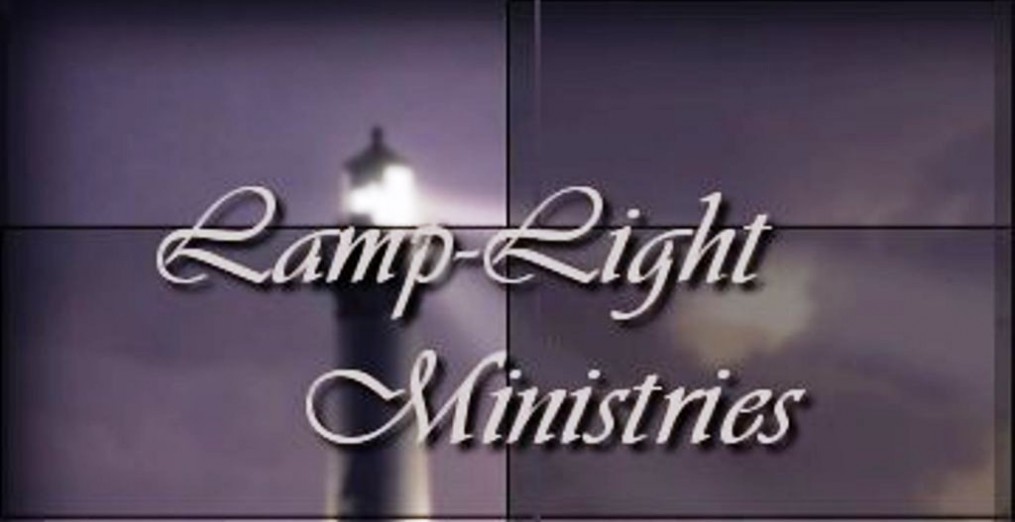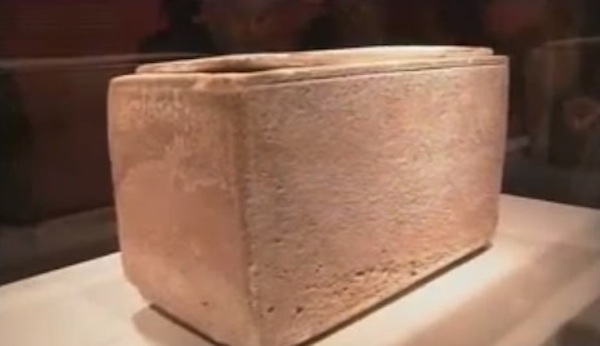By GF Herrin
People may ask me, “why do you think we are living in the End Times?” To that question, I must say that in addition to our living in a time where the nation of Israel has been re-formed and Jerusalem once again belongs to the Jews, we are also today seeing the fulfillment of specific Scripture that warns us of widespread apostasy within the church and false teachers who will tell people whatever they want to hear.
Paul writes, “For the time will come when they will not endure sound doctrine, but according to their own desires, because they have itching ears, they will heap up for themselves teachers; and they will turn their ears away from the truth, and be turned aside to fables. But you be watchful in all things, endure afflictions, do the work of an evangelist, fulfill your ministry” (2 Tim. 4:3-5).
We have seen this passage fulfilled directly through several mainline churches’ reluctance to take a stand against homosexuality and same sex marriage. In fact, apostate churches such as the United Church of Christ, who sued the state of North Carolina back in May to overturn the voter enacted law banning same sex marriage stand as a clear example of a church turning completely against God’s word, which commands Christians to stand for the truth:
“Preach the word! Be ready in season and out of season. Convince, rebuke, exhort, with all longsuffering and teaching” (2 Tim 4:2).
In addition to denominations such as the Episcopal church, which was a forerunner in blessing homosexual couples and has openly encouraged pastors active in the lifestyle, groups such as the Metropolitan church have dis-regarded Scripture passages forbidding homosexuality (Rom. 1:26-28; 1 Cor. 6:9). Also, congregations such as the apostate Holy Trinity Lutheran church in Charlotte, who have actually celebrated the recent allowing of same sex marriage in North Carolina, have openly encouraged disobedience to Scripture, also, with their stance.
Why have many churches fallen away from standing for the truth of Scripture? There seems to be a couple of reasons. The prevailing attitude of churches that encourage homosexuality seems to be one that emphasizes grace over the Law. While it is true that the grace of God brought about man’s salvation from eternal damnation (God the Father was not obligated in any way to send His son, Jesus to die for sins), it does not provide believers a license to sin (see Rom. 6:1-2, 15-16; Gal. 5:13; Jude 4).
The other attitude seems to be one of thinking that homosexuals are born “that way” and that Scripture does not apply here. So, since certain people are born with an innate attraction to the same sex, it must be considered “OK” if they act on their impulses and engage in sexual activity with that one person that they are committed to. But is attraction to the same sex not unlike a heterosexual man who may be predisposed to enjoy the viewing pornography? After all, a man might feel a great sense of excitement and arousal when he views certain pictures or videos involving women in various stages of undress. Shouldn’t he then be allowed to act on how he feels in various ways? And what if he is attracted to young girls? Shouldn’t it be ok if he has sex with a young girl as long as he is committed to her?
It seems to be a slippery slope. Plus, (given the scriptural references where Jesus spoke out against sexual activity in a non-monogamous relationship – Matt. 5:27-28; Matt. 19:4-5) this attitude of since “I was born this way”, seems to me to be an idol that stands between a believer and God. If you say that Scripture does not apply here or it must have been wrong, how do you then differentiate between what is true in Scripture and what is not? Were Matthew, Mark, Luke, John, and Paul wrong when they wrote of Jesus’ dying on the cross for sinners? Were they wrong when they spoke of the literal physical Resurrection of Christ as a typology of all born again believers who have put their trust in Jesus for their resurrection in the age to come (John 3:3; 11:24; 1 Cor. 15:13-19)?
In a recent conversation with a celibate believer who had come out of the homosexual lifestyle to follow Christ, it was apparent that Christians must reason together and evangelize to all in a spirit of love and not condemnation. In speaking biblical truth we must point them to Christ. We also need to put homosexual acts in the category of yet another sin (see Rom. Chapter 1, and 1 Corinthians chapter 6 for many others) that must be repented from in order to be born again. Ultimately, the goals of the Christian life should be to glorify God, to live holy, and to live out God’s true purpose for our lives.


